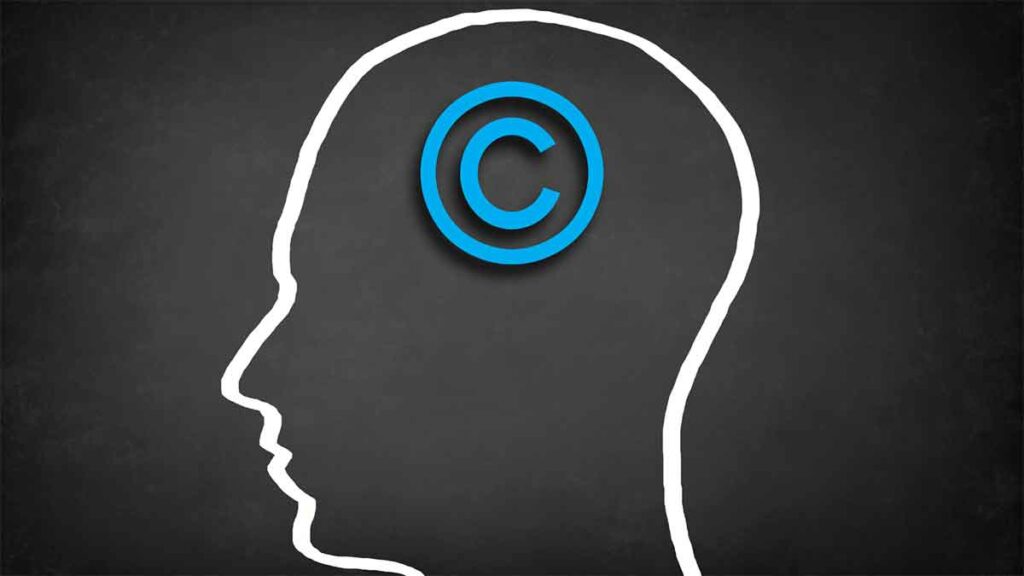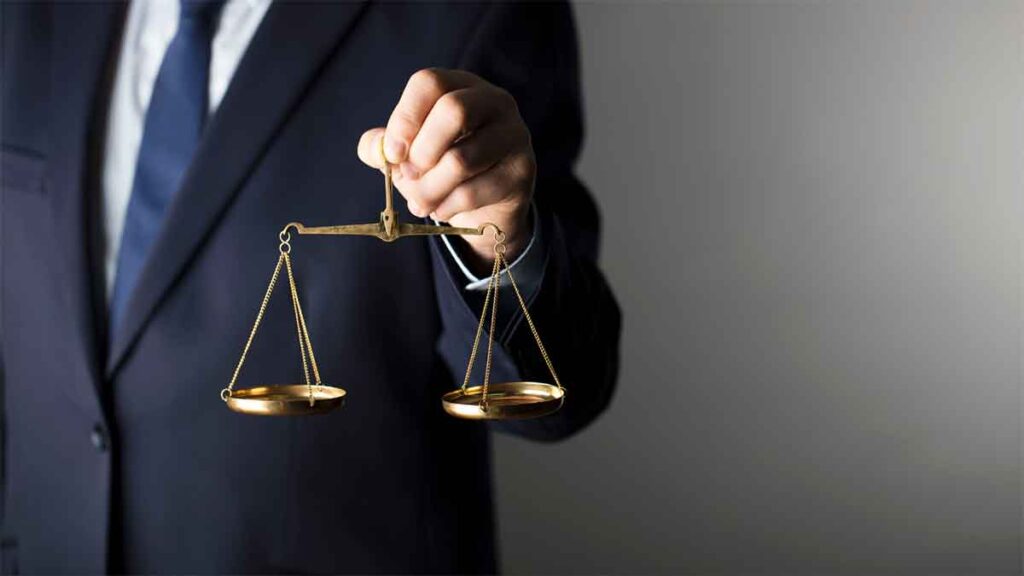Intellectual Property plays a crucial role in today’s innovation-driven economy. Understanding how to protect and leverage IP assets is essential for creators, businesses, and legal professionals. As we navigate through 2024, staying informed about the latest developments in IP law is more important than ever. This blog will be your complete guide to intellectual property, covering everything along with in-depth, practical insights.
Introduction to Intellectual Property

Intellectual Property encompasses the legal rights that protect the creations of the mind. These rights are crucial for safeguarding innovations, fostering creativity, and maintaining a competitive edge in the marketplace.
What is Intellectual Property?
Intellectual Property refers to intangible assets created through intellectual effort. These can include inventions, literary and artistic works, designs, symbols, names, and images used in commerce. IP laws grant creators exclusive rights to use and distribute their creations, encouraging innovation and providing economic benefits. By securing IP rights, creators can control how their works are used, ensuring they receive recognition and financial rewards for their contributions.
Types of Intellectual Property Rights
Understanding the various types of IP rights is essential for effective protection and utilization. The main types include:
- Patents: Protect inventions, granting exclusive rights to make, use, and sell the invention for a set period.
- Copyrights: Safeguard original works of authorship, such as books, music, and art, giving creators exclusive rights to reproduce and distribute their works.
- Trademarks: Protect brand identifiers like names, logos, and slogans, ensuring that consumers can distinguish between different brands.
- Trade Secrets: Cover confidential business information that provides a competitive edge, such as formulas, processes, and customer lists.
Each type of IP right plays a unique role in protecting and promoting innovation across different fields and industries.
Patents

Patents are crucial for protecting inventions and encouraging technological advancement. They grant inventors exclusive rights to their creations, fostering innovation and economic growth.
Understanding Patent Law
Patent law provides inventors exclusive rights to make, use, and sell their inventions for a limited period, typically 20 years from the filing date. This legal protection incentivizes innovation by allowing inventors to recoup their research and development investments. Patents cover a wide range of inventions, including new processes, machines, manufactures, and compositions of matter. An invention must be novel, non-obvious, and valuable to be patentable. Patent law ensures that inventors can control the use of their inventions, preventing others from exploiting their work without permission.
Patentable Subject Matter
To qualify for a patent, an invention must fall within specific categories of patentable subject matter. These include processes, machines, articles of manufacture, and compositions of matter. Additionally, the invention must be new and have not been disclosed to the public. It must also be non-obvious, meaning it cannot be an obvious improvement to existing technology for someone skilled in the field. Finally, the invention must be helpful, providing some identifiable benefit and capable of being used practically. Abstract ideas, natural phenomena, and laws of nature are not patentable. By meeting these criteria, inventors can secure patent protection and capitalize on their innovations.
Patent Application Process
Filing a patent application involves several critical steps. And those steps are the following:
- Invention Disclosure: Document your invention thoroughly, including diagrams and descriptions.
- Patent Search: Conduct a comprehensive search to ensure your invention is novel and not already patented.
- Prepare and File Application: Draft a detailed application, including claims that define the scope of the invention, and submit it to the patent office.
- Examination: The patent office examines your application for compliance with legal requirements and may issue an office action with objections or rejections.
- Respond to Office Actions: Address any issues the patent office raises, providing additional information or amending claims as necessary.
- Patent Grant: If the application meets all requirements, the patent office grants the patent, giving you exclusive rights to your invention.
A well-prepared application and thorough search can streamline the process, making your patent more likely to be granted.
Patent Infringement and Enforcement
Patent infringement occurs when someone uses, makes, or sells a patented invention without the patent holder’s permission. Enforcing patent rights involves identifying infringement, often through monitoring the market and conducting investigations. If infringement is detected, the patent holder can take several steps. Initially, they may send a cease-and-desist letter to the infringer, requesting them to stop the infringing activities. If this does not resolve the issue, the patent holder can file a lawsuit seeking remedies such as injunctions to prevent further infringement and monetary damages for losses incurred. Effective enforcement with the help of a reliable patent attorney ensures that patent holders can protect their innovations and maintain their competitive advantage.
Copyrights

Copyrights protect original works of authorship, ensuring creators can control and benefit from their creative endeavors. Understanding copyrights helps safeguard literary, artistic, and other creative works.
Copyrightable Works
Copyright protection applies to a wide range of creative works fixed in a tangible medium of expression. These include literary works like books and articles, musical compositions, dramatic works, choreographic works, pictorial, graphic, and sculptural works, motion pictures, and other audiovisual works. Even architectural designs and computer software are covered. For a work to be copyrightable, it must be original and possess minimal creativity. Copyright does not protect ideas, procedures, methods, systems, processes, concepts, principles, or discoveries—only how they are expressed.
Copyright Registration
Registering a copyright provides legal benefits and helps protect your work more effectively. The process involves several steps:
- Create the Work: Ensure your work is original and fixed in a tangible form.
- Complete the Application: Fill out the copyright registration form, which is available online.
- Submit a Copy: Provide a copy of the work to the U.S. Copyright Office for their records.
- Pay the Fee: Submit the required registration fee along with your application.
- Receive Confirmation: Once processed, you’ll receive a certificate of registration.
While copyright protection is automatic upon creation, registration is essential for enforcing your rights in court and claiming statutory damages and attorney’s fees. By registering your copyright, you establish a public record of your ownership, strengthening your legal position.
Copyright Ownership and Transfers
Initially, copyright ownership belongs to the creator of the work. However, copyright can be transferred or assigned to others. This can happen through written agreements where the creator sells or transfers their rights to another party, such as a publisher or a production company. Additionally, in the case of works created by employees within the scope of their employment, the employer typically owns the copyright. This is known as a “work for hire.” Transferring ownership does not affect the original creator’s moral rights, such as the right to claim authorship or object to certain work modifications. Understanding these nuances is crucial for managing copyrighted works effectively.
Copyright Infringement and Fair Use
Copyright infringement occurs when someone uses a copyrighted work without permission. This can include reproducing, distributing, performing, publicly displaying, or making derivative works based on the original. Infringement can lead to legal action, including injunctions, monetary damages, and sometimes criminal penalties. However, the doctrine of fair use allows limited use of copyrighted works without permission for purposes such as criticism, comment, news reporting, teaching, scholarship, or research. Fair use is determined by factors including the purpose and character of the use, the nature of the copyrighted work, the amount and substantiality of the portion used, and the effect of the use on the work’s market value. Balancing protection with fair use is essential for fostering creativity and free expression.
Trademarks

Trademarks protect brand identities, helping consumers distinguish between different products and services. Understanding trademarks is crucial for building and maintaining a strong brand.
Trademark Fundamentals
A trademark is a recognizable sign, design, or expression that identifies products or services of a particular source from those of others. Trademarks can be words, phrases, symbols, logos, and even sounds or colors. They play a vital role in brand recognition and consumer trust. By registering a trademark, businesses can prevent others from using similar marks that could confuse consumers. Trademarks are essential for establishing brand identity, differentiating products in the marketplace, and protecting the reputation and goodwill associated with a brand.
Trademark Registration Process
Registering a trademark involves several essential steps. Following the steps below ensures a successful registration process:
- Trademark Search: Conduct a thorough search to ensure your trademark is unique and not already in use.
- Application Preparation: Prepare a detailed application, including a clear representation of the mark and a description of the goods or services it will cover.
- Filing the Application: Apply to the relevant trademark office, such as the USPTO in the United States.
- Examination: The trademark office reviews the application to ensure it meets all legal requirements, including checking for conflicts with existing trademarks.
- Publication: If the application passes the examination, the trademark is published for opposition. This allows third parties to challenge the registration if they believe it conflicts with their existing rights.
- Registration: If no oppositions are filed or any oppositions are resolved, the trademark is registered, and the owner receives a registration certificate.
Following these steps ensures your trademark is legally protected, helping you build and defend your brand.
Trademark Infringement and Enforcement
Trademark infringement occurs when someone uses a trademark that is identical or confusingly similar to a registered trademark without permission. This can lead to consumer confusion and damage the brand’s reputation. Enforcing trademark rights involves monitoring the market for potential infringements and taking action to stop unauthorized use. This may include sending cease-and-desist letters, negotiating settlements, or pursuing legal action in court. Effective enforcement protects the brand’s identity and ensures that counterfeit or unauthorized products do not mislead consumers.
Trademark Licensing and Franchising
Trademark licensing is as essential as trademark registration as it allows the trademark owner to grant permission to another party to use the trademark under specific conditions. This can generate revenue and expand the brand’s reach. Licensing agreements detail the terms of use, quality control measures, and financial arrangements. Franchising is a form of licensing where the trademark owner (franchisor) allows another party (franchisee) to operate a business using the franchisor’s trademark and business model. This helps the brand grow and maintain consistent standards across different locations.
Trade Secrets

Trade secrets protect confidential business information that provides a competitive edge. Safeguarding these secrets is crucial for maintaining a unique position in the market.
What Constitutes a Trade Secret?
A trade secret is any information that derives independent economic value from not being generally known or readily ascertainable by others. This can include formulas, practices, processes, designs, instruments, patterns, or compilations of information. For example, the recipe for a popular soft drink or the algorithm behind a successful search engine can be considered trade secrets. The critical criteria for something to qualify as a trade secret are its secrecy and the efforts taken by the owner to maintain its confidentiality. Trade secrets do not expire as long as they remain secret, making them a valuable asset for businesses.
Trade Secret Protection Strategies
Protecting trade secrets requires a proactive and comprehensive approach. Several strategies can be employed to ensure confidentiality:
- Non-Disclosure Agreements (NDAs): Require employees, contractors, and business partners to sign NDAs to bind them to confidentiality legally.
- Employee Training: Educate employees about the importance of trade secrets and how to handle sensitive information.
- Access Controls: Limit access to trade secrets to only those employees who need to know for their work.
- Security Measures: Implement physical and digital security measures, such as encryption, secure storage, and surveillance systems.
- Regular Audits: Conduct periodic audits to ensure compliance with trade secret policies and identify potential breaches.
By implementing these strategies, businesses can significantly reduce the risk of trade secret misappropriation and maintain their competitive advantage.
Trade Secret Misappropriation and Litigation
Trade secret misappropriation occurs when someone acquires, discloses, or uses a trade secret without authorization. This can happen through industrial espionage, breach of contract, or even accidental disclosure. When a trade secret is misappropriated, the affected business can seek legal remedies through litigation. The owner must prove that the information was a trade secret, that reasonable steps were taken to protect it, and that it was misappropriated. Remedies can include injunctions to stop further use of the trade secret, monetary damages for losses incurred, and sometimes punitive damages if the misappropriation was willful. Effective legal action helps businesses protect their trade secrets and deter potential misappropriators.
Intellectual Property Management and Monetization

Effectively managing and monetizing Intellectual Property (IP) assets is essential for maximizing their value. A strategic approach to IP can enhance business growth and competitiveness.
IP Portfolio Management
IP portfolio management involves systematically organizing and overseeing a company’s IP assets to maximize their value. This includes tracking all patents, trademarks, copyrights, and trade secrets. Regular audits help identify which IP assets are most valuable and which might need further protection or development. Effective portfolio management ensures IP assets align with business goals and are leveraged to their full potential. It also involves assessing the competitive landscape to identify opportunities to strengthen the IP portfolio and mitigate risks. A well-managed IP portfolio can provide a significant competitive advantage and drive innovation.
IP Licensing and Commercialization
Licensing and commercialization are critical strategies for monetizing IP assets. Licensing allows IP owners to grant permission to others to use their IP in exchange for royalties or other compensation. This can open new revenue streams without the IP owner having to manufacture or market the product themselves. Commercialization involves bringing an IP-protected product or service to market. This can include developing, manufacturing, marketing, and selling the product. Both licensing and commercialization require careful planning and negotiation to ensure that the terms are favorable and that the IP remains protected. These strategies can significantly enhance the financial returns from IP assets.
IP Valuation and Taxation
IP valuation is the process of determining the monetary value of IP assets. Accurate valuation is crucial for various business activities, including mergers and acquisitions, licensing agreements, and financial reporting. Factors influencing IP valuation include the potential revenue the IP can generate, the market demand, and the competitive advantage it provides. Proper valuation helps in making informed business decisions and negotiating better deals. Additionally, understanding the tax implications of IP assets is essential. IP can impact a company’s tax liabilities, and certain tax benefits may be available for research and development activities. Accurate valuation and strategic tax planning can enhance the overall financial management of IP assets.
IP Litigation and Alternative Dispute Resolution
Disputes over IP rights can arise, leading to litigation or the need for alternative dispute resolution (ADR). Litigation involves taking legal action in court to resolve the dispute, which can be time-consuming and costly. ADR methods, such as mediation and arbitration, offer alternative ways to settle disputes more efficiently and with less adversarial impact. Mediation involves a neutral third party facilitating a negotiated agreement between the parties. Arbitration involves a neutral third party making a binding decision after hearing both sides. Both methods can save time and resources compared to traditional litigation. Effective dispute resolution strategies help protect IP assets and maintain business relationships.
The Importance of Having an Intellectual Property Lawyer

Having an intellectual property lawyer is crucial for navigating the complex landscape of IP laws. These legal professionals specialize in protecting your creations, ensuring that your rights are enforced, and advising on maximizing the value of your IP assets. An IP lawyer can help register patents, trademarks, copyrights, and trade secrets and handle disputes and litigation. Their expertise is invaluable in avoiding costly mistakes and protecting your intellectual property.
At Heimlich Law PC, we have a first-rate intellectual property lawyer in San Jose and offer comprehensive services to protect and enhance your IP assets. Contact us today to ensure your creations are fully protected and leveraged to their maximum potential.





